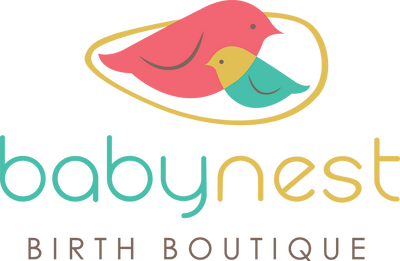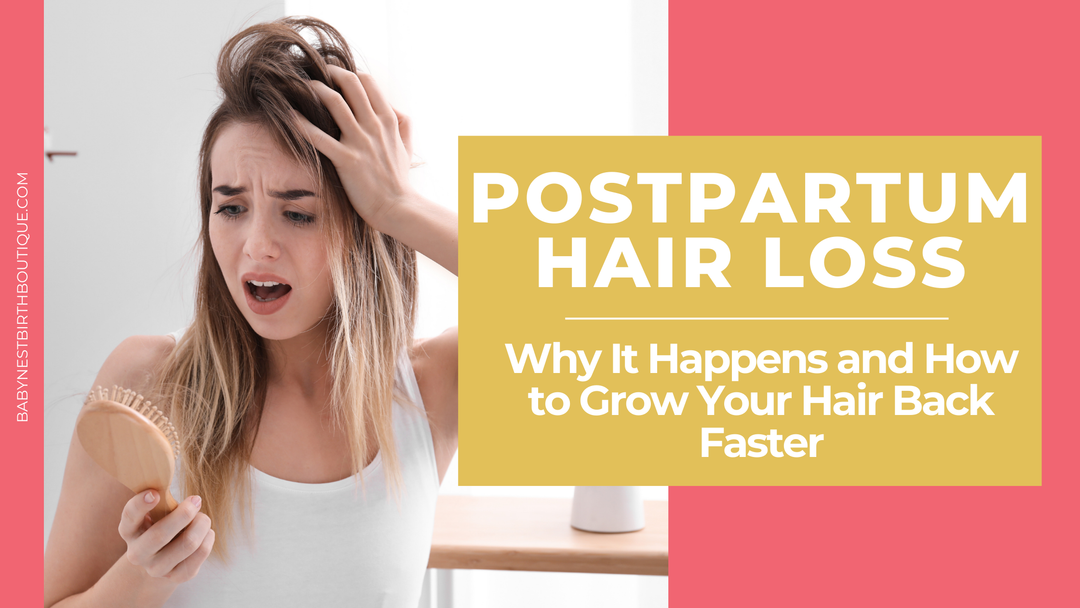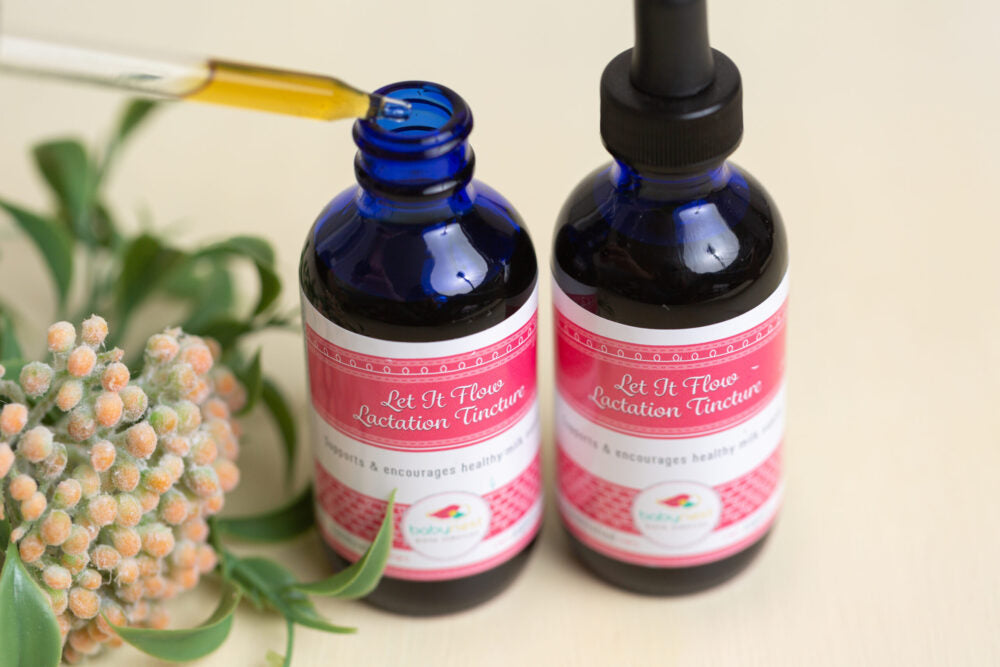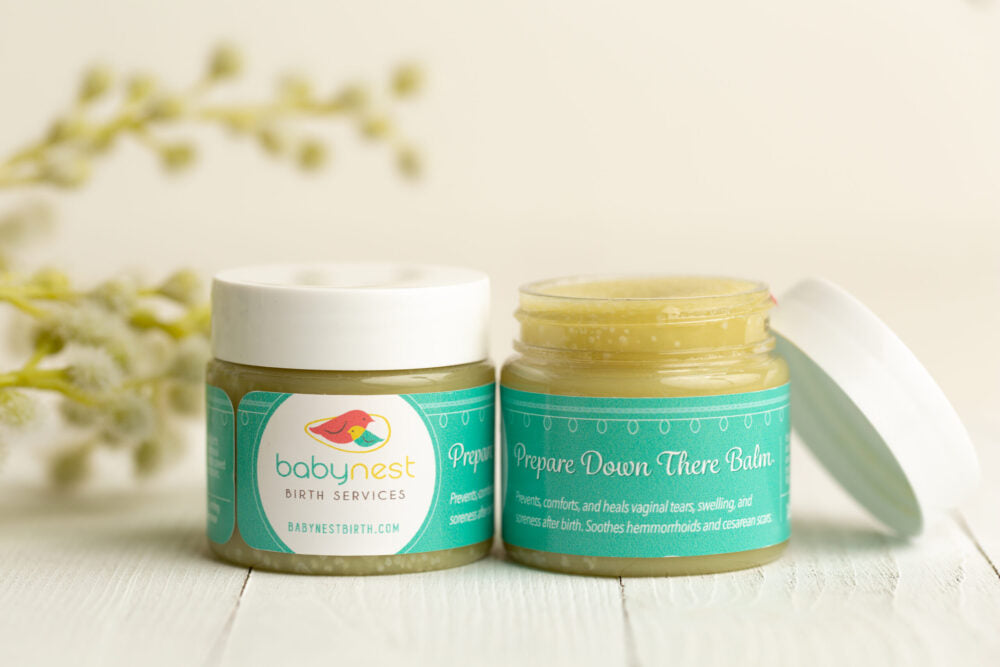10 Ways to AVOID Getting Plugged Milk Ducts From Ever Happening
Ah, the beautiful journey of motherhood! While the joys of breastfeeding are unparalleled, the road isn't always as smooth as we'd like. One common hurdle many breastfeeding moms face is the dreaded clogged milk ducts. Fear not, fellow mamas! In this extensive blog, we're not just going to scratch the surface; we're going to into 10 ways of prevention to keep those ducts clear and milk flowing!
Understanding the Nitty-Gritty: Before we dive into the fun tips to avoid getting clogged ducts, let's take a moment to truly understand why milk ducts can get plugged.
Think of it like a mini traffic jam in your milk superhighway. Milk production, hormonal changes, and inadequate milk removal can contribute to this hiccup. But fret not, we're here to ensure your milk highway stays congestion-free!
What are the signs of a blocked milk duct?
A blocked milk duct, also known as a clogged or plugged duct, occurs when milk is obstructed in the breast, leading to insufficient drainage of the milk duct. This results in the formation of a tender lump in the breast, causing discomfort in that specific area.
Typical symptoms of a blocked breast duct include:
- Pain in a specific area of the breast- A tender lump in a particular area of the breast
- Slight increase in warmth in the affected area
- A small white blister on the nipple
If there are symptoms like fever or flu-like sensations, and if the breasts feel warm to the touch, it may be indicative of mastitis... which is an infection from a clogged milk duct. (that's a blog for another day)

So let's learn how to AVOID getting Clogged Milk Ducts to begin with!
Tip #1: The Power of Proper Latch
Think of your baby as the expert toll booth operator. A proper latch is key to efficient milk removal. Ensure your little one latches on well, creating a seamless flow of milk. Think creatively and outside of the standard "cross-cradle hold" and consider the football or sidelying.
Better yet, get even more creative and MORE comfortable. These are some of our favouite positions that they don't teach you in the hospital! These positions are more comfortable for the mom and can make the latch even deeper for babies with restrictions. Try the straddle position or the Laid-back breastfeeding position.
Don't be afraid to seek help from lactation consultants (IBCLC), Doula or support groups if you're unsure. The importance of a proper latch cannot be overstated; it's the foundation of a successful breastfeeding journey.

Tip #2: Daily Breast Massage with this Super-Power Spray
Meet your secret weapon against clogged ducts - Breast Health Massage Spray. This natural product, helps to keep your milk ducts open, so your milk can flow with ease. Think of it as taking a single lane highway, and after using this spray, it's a free-flowing 4-lane super highway!
This magical elixir is designed to be your daily companion and Lactation Consultants rave that their clients who use this Breast Health Massage Spray have reduced risks of clogged ducts!
It should sit right along your breastfeeding station and each day massaged into your breast tissue to help keep plugged ducts at bay.
The all-natural ingredients in this spray are a spa-day for your breasts – soothing geranium, bergamot, and the queen of herbs, lavender are blended into a nourishing coconut oil for a smooth and relaxing massage experience. It seriously smells SO GOOD!
How to use to reduce getting plugged milk ducts:
- Gently shake the bottle to awaken the magic within.
- Can be used after a feeding or before bedtime.
- Spritz a few sprays directly onto your breasts, armpit, chest and back (yes, milk ducts are in ALL of these places!)
- In a circular motion, massage your breasts, paying extra attention to any areas that feel tense or firm.
- Request partners to help with this daily moment of massage so you can relax even deeper.
- Use this time as a moment of self-care, embracing the soothing aroma and the love you're showering on yourself. The Breast Health Massage Spray is a game-changer, providing not just relief but a daily ritual of self-love for breastfeeding mamas.
Tip #3: Gentle Massage While Feeding
Incorporating gentle breast massage while your baby feeds is a multi-tasking marvel. As your little one enjoys their meal, use this time to gently massage your breasts. Circular or downward motions with light finger tip touch can help stimulate blood flow, promote milk flow, and prevent any potential blockages.
It's a win-win – your baby gets nourishment, and you get a therapeutic breast massage. This simple practice not only enhances milk flow but also adds a soothing touch to your breastfeeding routine. Remember, it's all about creating a harmonious experience for both you and your baby.
Tip #4: Frequent Feedings
The more often you feed, the less chance there is for milk to hang around and cause trouble in the ducts. If you go too long in between feedings, that highway can get full of traffic and unruly plugged ducts.
Breasts need to be emptied at least 8-12 times daily in the first month. Establishing a feeding routine and recognizing your baby's hunger cues can ensure you both enjoy this magical journey and keep clogged ducts out of your life.

Tip #5: Skip the Underwire Bra
Underwire bras should be pulled out for date night ONLY. When it comes to breastfeeding comfort, the choice of attire plays a pivotal role, and loose-fitting clothes paired with no-underwire bras become a breastfeeding mother's best friends.
Opting for loose-fitting tops, nursing or sleep bras allows for easy access during nursing sessions and allows there to be no restrictions or added pressure. The smallest bit of constant restriction from a bra can cause a milk duct to plug up.
Embracing loose-fitting, no-underwire bras is not just a choice in clothing; it's a thoughtful decision that prioritizes the ease of breastfeeding but actually can help reduce the risk of those pesky clogged ducts.
Tip #6: Mix It Up – Nursing Positions
Variety is the spice of life, even in breastfeeding positions! Switching up nursing positions can help ensure all ducts get their fair share of action. Experiment with different holds – the cradle, football, or lying down – to keep things interesting. Not only does this provide variety for your baby, but it also helps in preventing the same ducts from getting overused.
Tip #7: Avoid Sleeping on Your Stomach
The pressure exerted on the breasts in this position can impede proper milk flow, increasing the risk of developing blocked ducts. Opting for side sleeping or using a supportive pillow can help distribute the weight more evenly and alleviate unnecessary pressure on the breasts during rest.
By incorporating this simple adjustment into your sleeping routine, you can contribute to a healthier breastfeeding experience and minimize the chances of encountering discomfort associated with clogged milk ducts.

Tip #8: Pumpity-Pump.
For breastfeeding mothers navigating the challenge of being away from their baby, maintaining a consistent pumping routine is key to preventing clogged milk ducts. It's essential to mirror the frequency of nursing by pumping as often as you typically feed your baby.
This practice ensures that the milk is regularly expressed, reducing the likelihood of ducts becoming blocked due to prolonged periods between sessions. Whether you're at work, running errands, or taking a short break, dedicating time to pump can be a proactive measure to safeguard against the discomfort and potential complications associated with clogged milk ducts.
Prioritizing this aspect of your breastfeeding routine not only supports your baby's feeding needs but also contributes to your overall breast health.
Tip #9: Keep your Nipples Healthy!
What do nipples have to do with plugged ducts?! Well, in the realm of breastfeeding, safeguarding the health of your nipples is a pivotal step towards preventing milk duct clogs.
Breast health is about all the parts and cracked nipples can actually increase the risk of plugged milk ducts. Consider making our Organic Nipple Cream part of your breastfeeding rhythm for prevention and healing.
Unlike standard creams that merely provide lubrication, our specialized formula actively works to mend cracks and damage, fostering the restoration of healthy, resilient nipples.
Keep those nipples soothed and healed. Our Organic Nipple Cream becomes a cornerstone in your breastfeeding toolkit. Remember, a proactive approach to nipple health not only ensures a more comfortable breastfeeding experience but also significantly reduces the risk of encountering troublesome milk duct clogs.
Tip #10: Stay Hydrated. Like, really hydrated.
Picture your milk ducts as a lazy river, and water is what keeps it flowing smoothly. Staying hydrated is crucial for maintaining an ample milk supply and preventing clogs. Keep that water bottle handy, and sip away! Consider this a self-care routine for both you and your little one – hydration is key to a healthy breastfeeding experience.
When to be Concerned about Plugged Milk Ducts?
While it’s can be painful, a clogged milk duct shouldn’t be accompanied by a fever or other symptoms. If you’re experiencing nausea, yellowish discharge from the nipple, or red streaks on your breast, you might have a breast infection (known as mastitis). If symptoms don’t subside in 12-24 hours, contact your provider immediately.
Breastfeeding is a beautiful journey, and with a few tricks up your sleeve, you can navigate it with more ease. Embrace the joy, cherish the bonding moments with your little one, and make sure your milk ducts stay clear and open for business.
About the Author

Sherilee Peters, owner and founder of Baby Nest Birth Services for over 18 years she has been supporting parents to have empowering births and postpartum experiences. Growing up on a recreational farm in Canada watching animals give birth from a young age is where she had her first realization of how natural the birth process could be. She is a mother of two, a Birth & Postpartum Doula, a Bradley Method Birth instructor and certified placenta specialist in the Vancouver, WA and Portland, OR areas.










